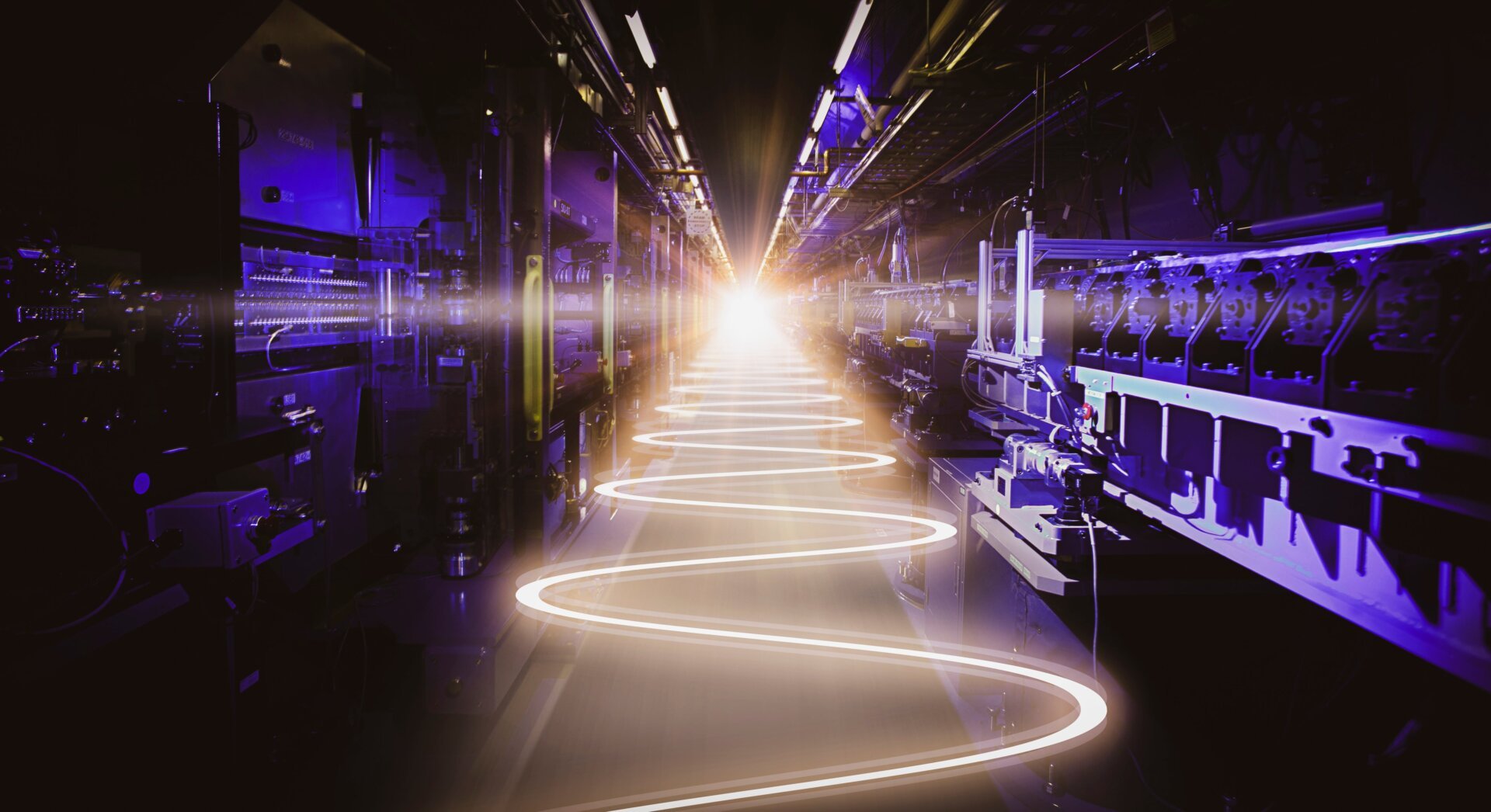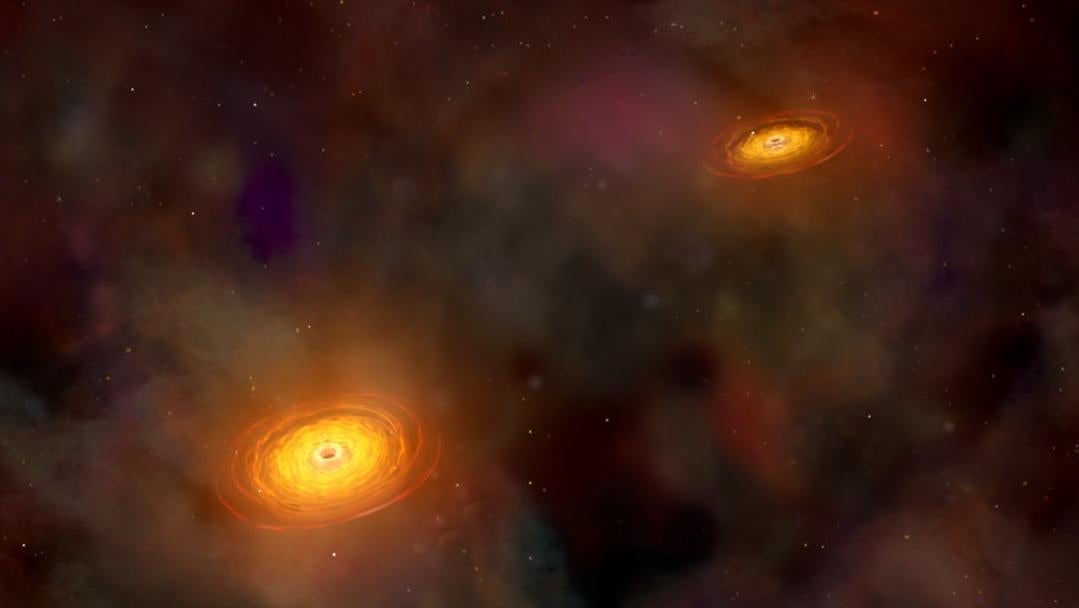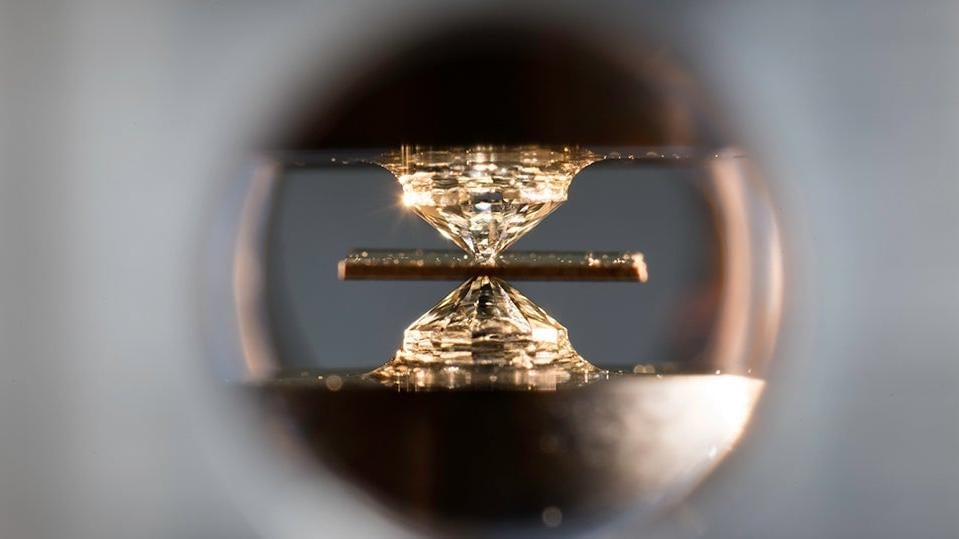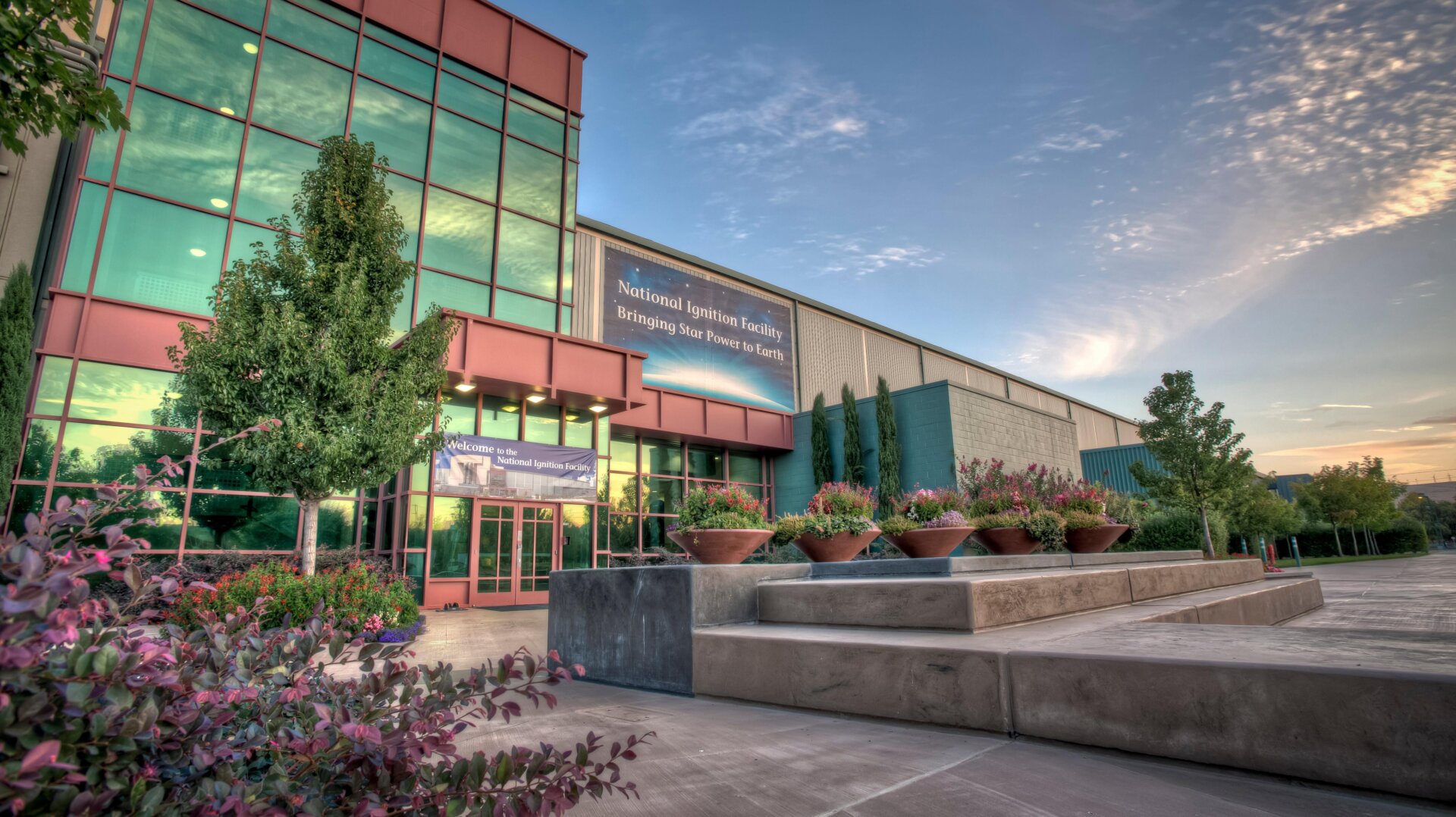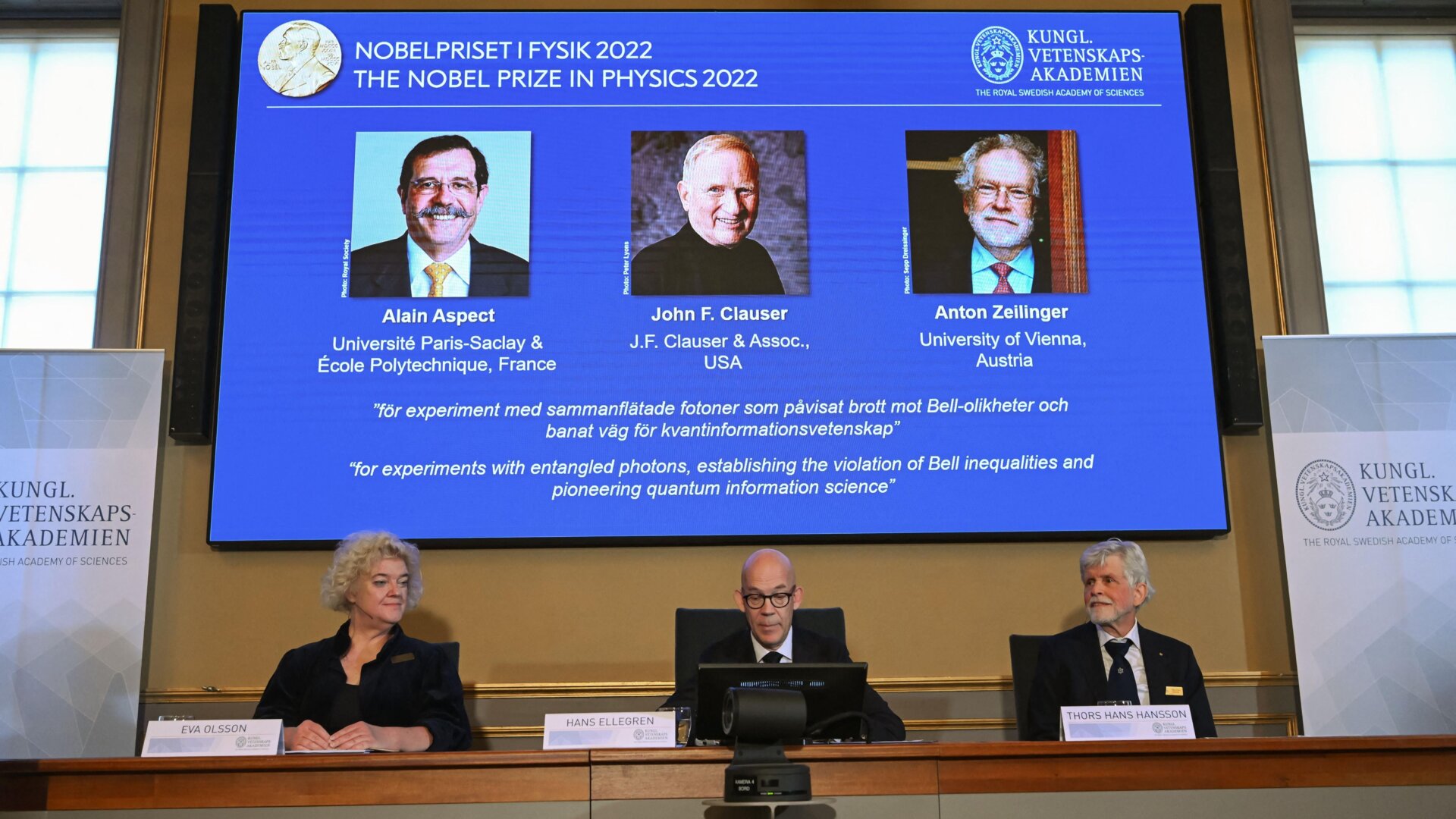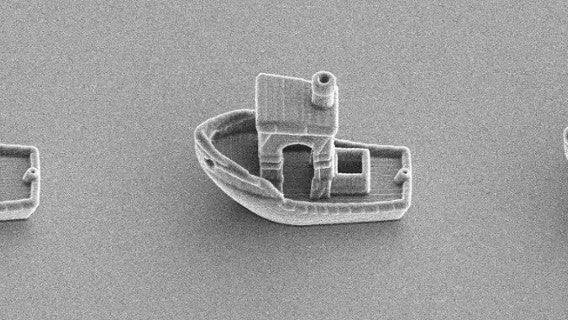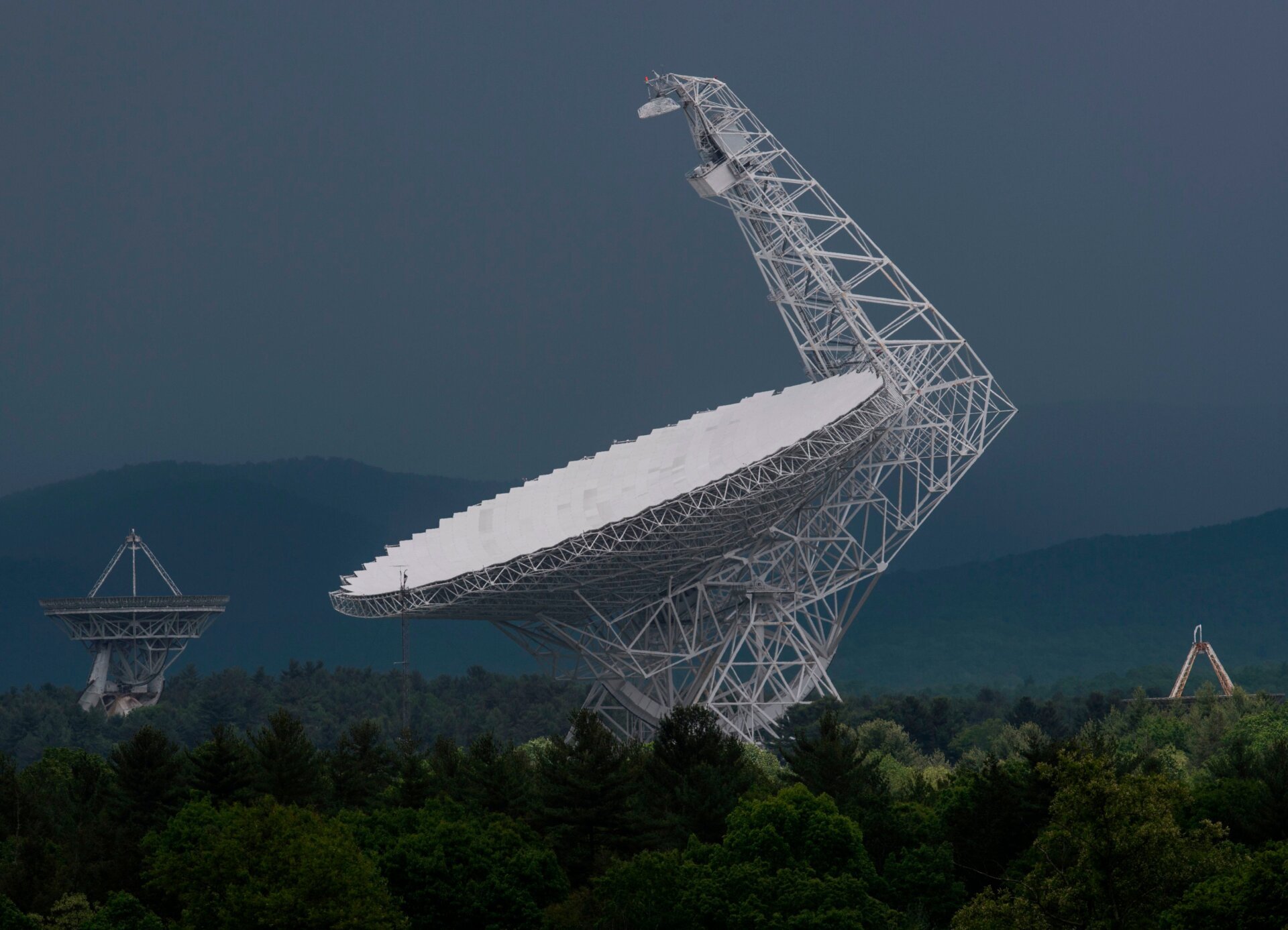The Linac Coherent Light Source-II (LCLS-II), the world’s most powerful X-ray laser, has achieved first light, marking a significant milestone in scientific advancement. This achievement opens up unprecedented opportunities for researchers to explore the intricate workings of matter at the atomic level. The upgraded laser promises to revolutionize fields ranging from materials science to medicine.
LCLS-II represents a substantial upgrade from its predecessor, the original LCLS. It boasts a remarkable increase in pulse rate, generating one million X-ray pulses per second compared to the original 120. This dramatic improvement, coupled with a 10,000-fold increase in brightness, will enable scientists to observe phenomena previously inaccessible. The increased pulse rate translates to significantly faster data collection, accelerating the pace of scientific discovery.
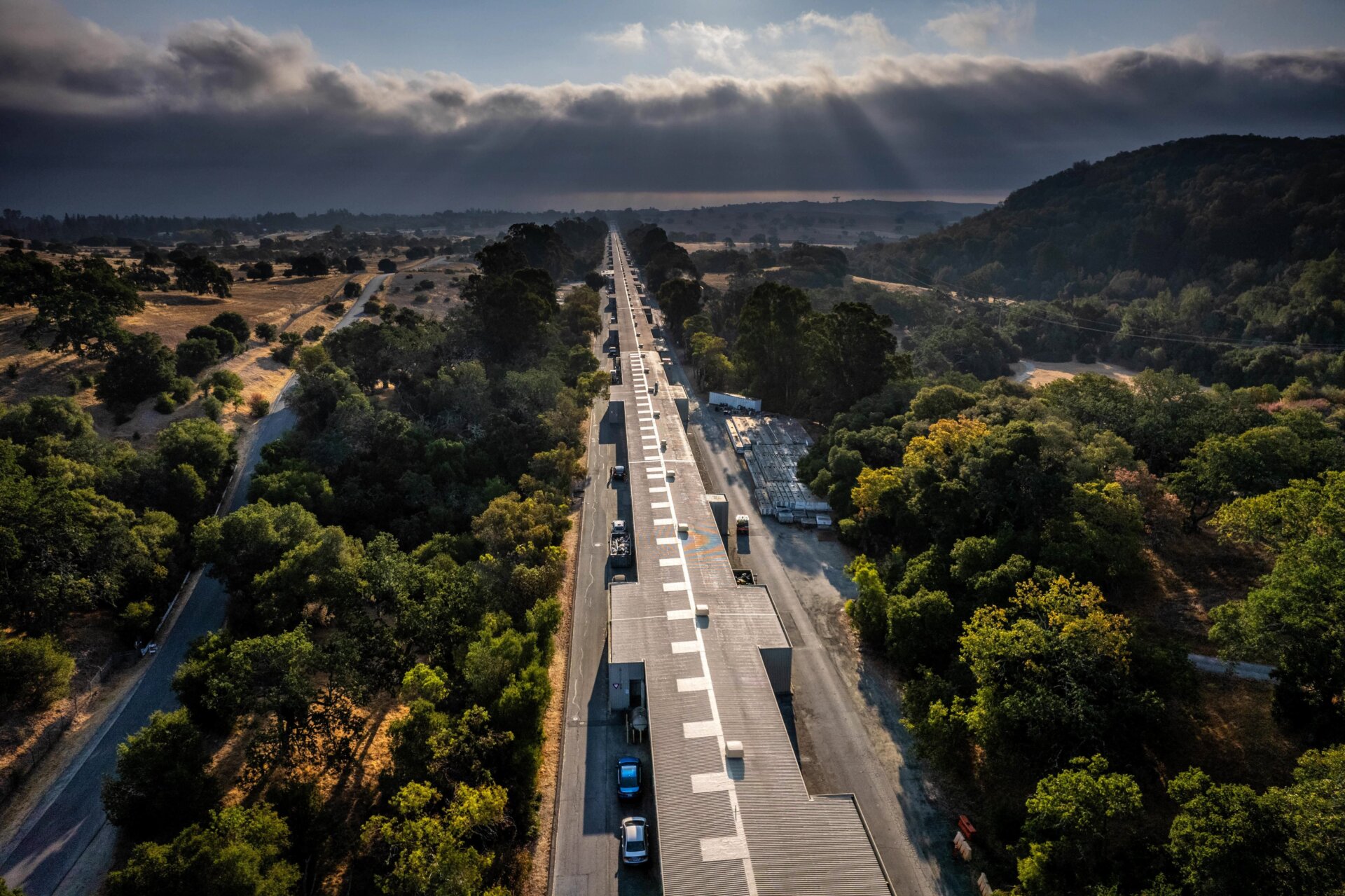 The interior of the LCLS-II accelerator structure.The interior of the LCLS-II accelerator structure. Photo: Olivier Bonin/SLAC National Accelerator Laboratory
The interior of the LCLS-II accelerator structure.The interior of the LCLS-II accelerator structure. Photo: Olivier Bonin/SLAC National Accelerator Laboratory
Unprecedented Power and Precision
The enhanced capabilities of LCLS-II will provide researchers with an unparalleled tool for investigating the fundamental building blocks of matter. The ultra-bright, high-energy X-rays will allow scientists to “film” molecular processes in real-time, offering insights into chemical reactions, biological functions, and the behavior of materials under extreme conditions. This breakthrough technology has the potential to unlock new discoveries in fields such as drug development, renewable energy, and quantum computing.
“The light from SLAC’s LCLS-II will illuminate the smallest and fastest phenomena in the universe and lead to big discoveries in disciplines ranging from human health to quantum materials science,” said U.S. Secretary of Energy Jennifer M. Granholm. This upgrade solidifies the United States’ position at the forefront of X-ray science.
A Decade of Development
The LCLS-II project, located at the SLAC National Accelerator Laboratory in Menlo Park, California, has been under development for over a decade. The two-mile-long accelerator required the construction of a specialized cryoplant to cool the system down to -456 degrees Fahrenheit (-271 degrees Celsius). This extreme cooling is essential for achieving the superconducting state necessary for the laser’s operation.
 The nearly two-mile-long accelerator building at SLAC.The nearly two-mile-long accelerator building at SLAC. Photo: Olivier Bonin/SLAC National Accelerator Laboratory
The nearly two-mile-long accelerator building at SLAC.The nearly two-mile-long accelerator building at SLAC. Photo: Olivier Bonin/SLAC National Accelerator Laboratory
Overcoming Challenges
The journey to first light was not without its challenges. In March, strong winds caused power outages at the SLAC campus, impacting the cooling system and delaying the project by several months. Despite these setbacks, the team persevered, demonstrating their dedication and expertise. Greg Hays, the LCLS-II project director, highlighted the significance of this achievement, emphasizing its potential to drive scientific breakthroughs for decades to come.
The Future of Science
While first light represents a crucial milestone, the LCLS-II is not yet fully operational. The first researchers are scheduled to begin experiments in November. The coming months will be dedicated to final testing and commissioning to ensure the facility is ready for scientific exploration.
The LCLS-II promises to unlock a new era of scientific discovery, pushing the boundaries of our understanding of the universe at its most fundamental level. From capturing molecular movies to improving the efficiency of everyday technologies, the potential applications of this groundbreaking instrument are vast. The future of science and technology is unfolding now, beneath a hill in Menlo Park.



